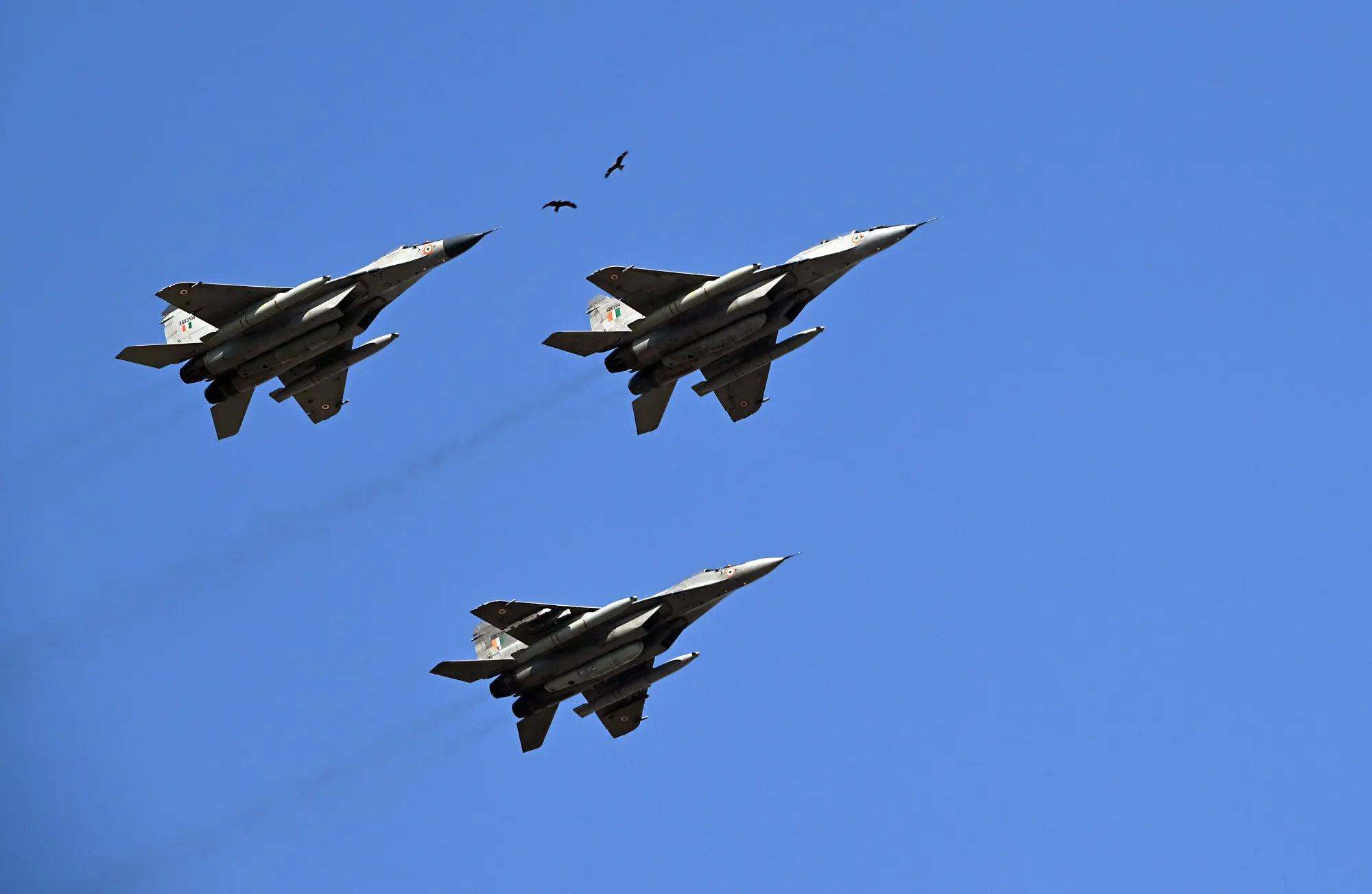A Bold Statement From the Former U.S. President
In a recent public address that quickly made headlines, former U.S. President Donald Trump commented on a past military clash between India and Pakistan, stating that five fighter jets were shot down during the confrontation. His remark has reignited conversations about the high-tension episode that once brought two nuclear-armed neighbors to the brink of war.
Trump’s statement, while not backed by official data or acknowledged by either country’s defense ministry, stirred curiosity and concern. According to his recollection, the incident reflected the “intensity of the regional conflict” and the fragility of peace in South Asia. This kind of rhetoric is not new for Trump, who has a history of making headline-grabbing remarks on foreign affairs.
The Historical Context Behind the Skirmish
The India-Pakistan air conflict in question is widely believed to be the February 2019 exchange that followed the Pulwama suicide bombing in Jammu and Kashmir. That attack, which claimed the lives of over 40 Indian paramilitary personnel, was claimed by the Pakistan-based group Jaish-e-Mohammed. In response, India conducted air strikes in Balakot, Pakistan.
The Pakistani Air Force responded by sending its own jets across the Line of Control. It was during this standoff that India claimed to have downed a Pakistani F-16, while Pakistan said it captured an Indian pilot after shooting down a MiG-21 Bison. At the time, both nations presented different versions of what transpired in the air. But at no point was there confirmation that five fighter jets were involved or destroyed on either side.
International Reaction to Trump’s Comment

Since Trump’s statement, experts and analysts from global defense communities have responded cautiously. Many believe it to be a misinterpretation or exaggeration of publicly available details. No independent military report or open-source satellite imagery has verified such a figure. Additionally, neither the Indian Air Force nor the Pakistan Air Force has updated their official accounts to include multiple downed aircraft.
However, the comment drew attention back to the high-stakes nature of India-Pakistan relations and the importance of international diplomacy. In the past, Trump had offered to mediate between the two countries, a proposal both sides had handled diplomatically but with varying levels of acceptance.
Pakistan’s Diplomatic Response
Pakistani officials have not issued a formal rebuttal to Trump’s comment, but several former defense analysts from the country labeled the claim “factually incorrect.” One former air marshal, speaking to local media, suggested that such remarks might stem from briefings filled with misinterpreted data or political motives rather than grounded intelligence.
From a public diplomacy standpoint, Pakistan continues to emphasize its desire for peace in the region, but consistently blames India for what it considers unilateral aggression, especially in Kashmir. Trump’s statement, even if unofficial or misinformed, could unintentionally stir tensions again if perceived as an endorsement of one narrative over another.
India Maintains Silence, But Analysts Weigh In
Indian defense circles have so far maintained strategic silence. However, military analysts in India have publicly disputed the five-jet figure. A senior retired officer stated that “Trump may be misquoting figures from separate incidents, or misinformed entirely.” The Indian establishment likely aims to avoid fueling what it considers a closed chapter.
Despite the silence from official corridors, the remark became a talking point on Indian television and digital news platforms. Political commentators debated whether Trump’s statements were deliberate or careless, with some pointing to his past tendencies to overstate international events for impact.
Global Media and Fact-Checking
International media outlets such as BBC, Reuters, and Al Jazeera have since analyzed Trump’s remark, cross-referencing it with known records of the 2019 conflict. Most found no evidence to back up the figure of five fighter jets being shot down. Independent military databases and defense tracking platforms, including Jane’s Defence Weekly, also found inconsistencies in the number cited.
While former President Trump has often leaned on dramatic expressions to assert strength or critique global decisions, his statements have also shaped public discourse, especially on social media. His recent comments resurfaced threads of the India-Pakistan dynamic at a time when the region is relatively quiet militarily.
Broader Implications for South Asia
Whether factually accurate or not, Trump’s statement serves as a reminder of how international figures can affect the geopolitical narrative. The India-Pakistan rivalry has long been a delicate matter with far-reaching implications beyond the subcontinent. Statements from former world leaders—even unofficial ones—can influence public sentiment, diplomatic dialogues, and sometimes even policy debates.
South Asia watchers caution that while Trump is no longer in office, his views still carry influence, especially among his base and in international circles that track U.S. foreign policy. Any suggestion of heightened military tension between India and Pakistan tends to attract attention from Beijing, Washington, and Moscow alike.
The Social Media Echo Chamber
Following the former president’s speech, hashtags such as #IndiaPakistanJets and #TrumpComments began trending. While some users expressed skepticism, others treated the claim as confirmation of previous conspiracy theories regarding the true scale of the 2019 conflict.
Several meme pages and political satire accounts latched onto the statement, turning it into viral content. Though humorous in tone, these reactions also show how misinformation or exaggerations can blur the lines between fact and fiction in digital spaces.
The use of dramatic statements in geopolitics is not new, but in the current age of digital amplification, even one claim—accurate or not—can alter perceptions. It also feeds into the global interest surrounding South Asia’s military preparedness and bilateral relations, which are often tense but closely monitored by international agencies.
The narrative around Trump’s assertion continues to unfold. While fact-checkers and defense experts work to clarify what actually happened during the 2019 India-Pakistan standoff, his statement has already reignited international interest in a region often described as one of the world’s most volatile. Even if unverified, the claim reminds the global audience of how fragile peace in South Asia can be.





